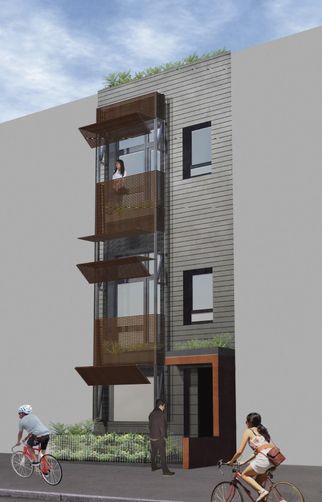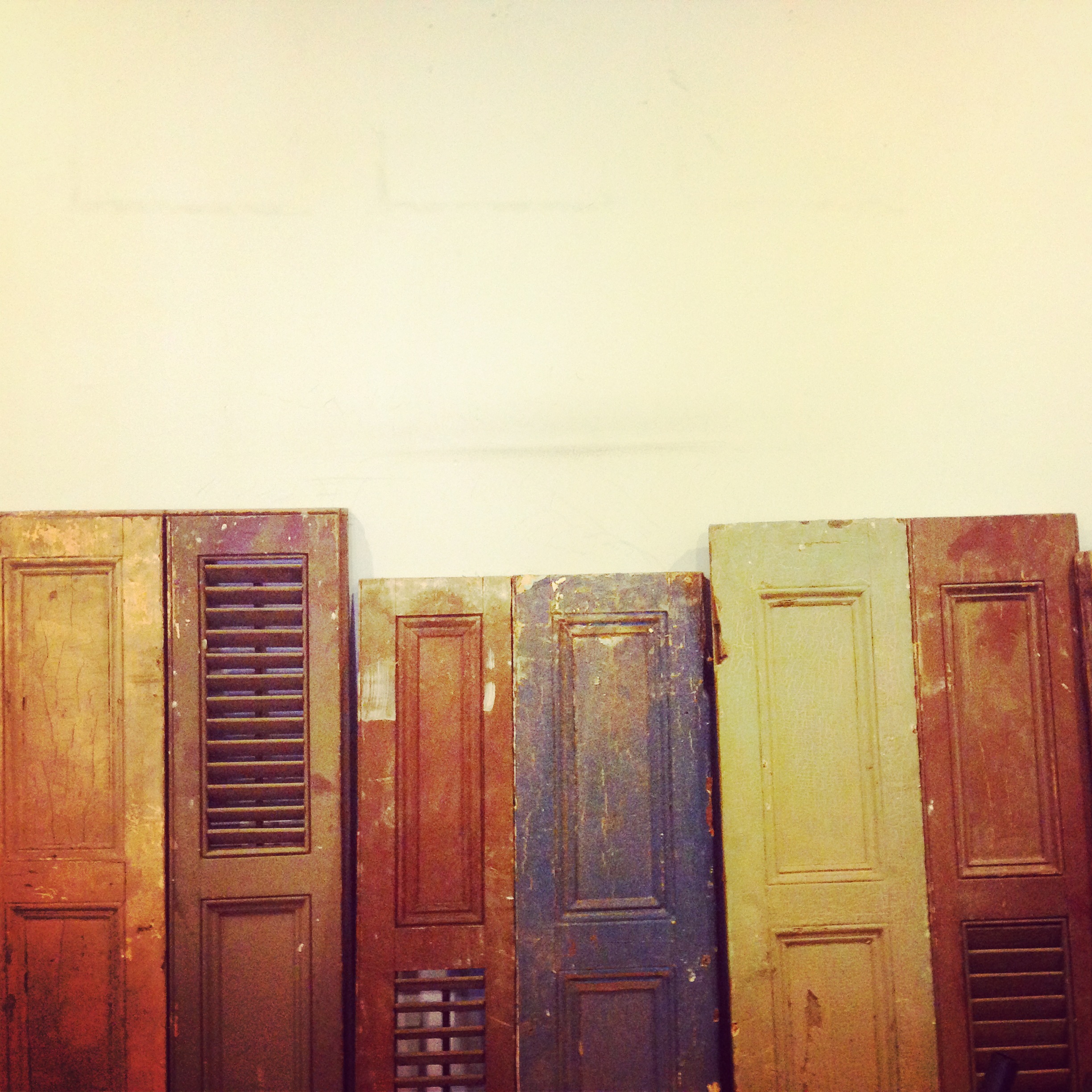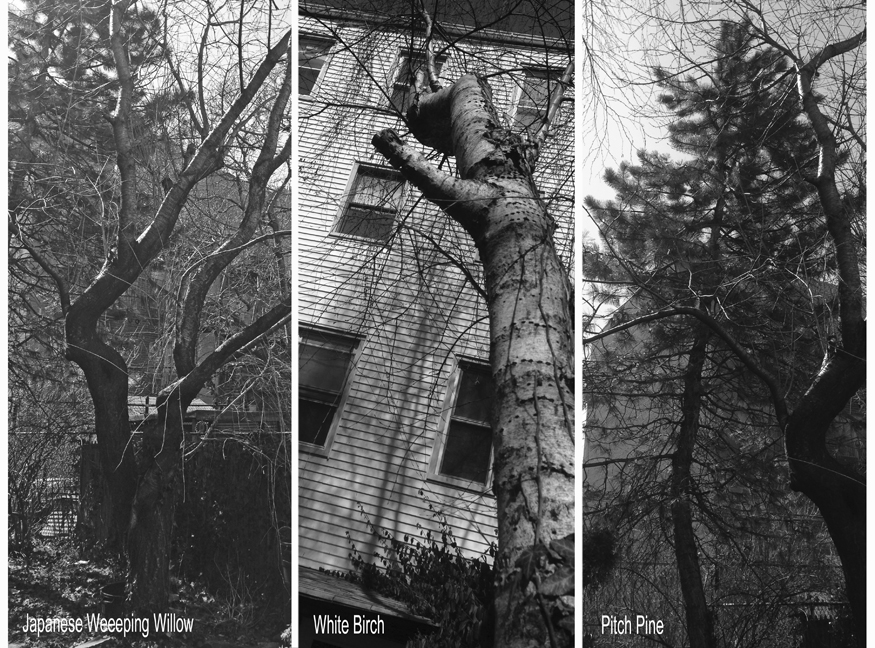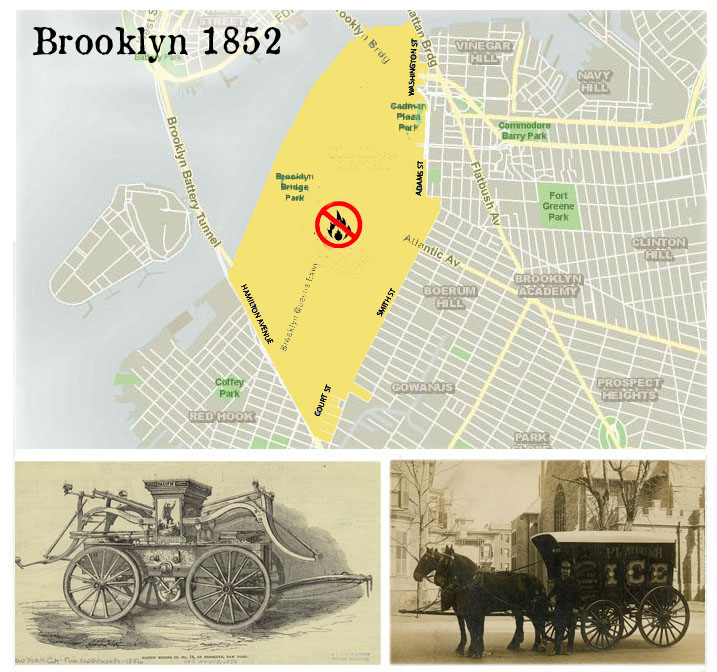Paul Castrucci Architect (PCA) was featured on WNYC. The story was an intro to high energy efficiency, and it’s challenge for a city of high rises. Passive House design, nonetheless, is attainable for the understory (1-5 story bldgs) on the city’s skyline, as explained by Urban Green Council Director Russell Unger. Photo: (951 Pacific Bklyn, Paul Castrucci Architect). Online link to story.
JOIN OUR NEWSLETTER LIST
CONTACT US
MORE INFORMATION
COPYRIGHT © 2023 SAWKILL NYC. ALL RIGHTS RESERVED. WEBSITE BY B. MARTIN STUDIO.






